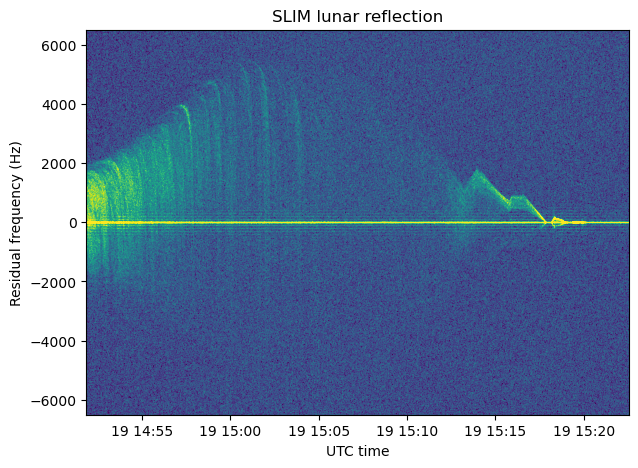Since some years ago, a Doppler correction block has been available in gr-satellites. This block uses a text file that defines a time series of frequency versus time, and applies the appropriate frequency shift to each sample by linearly interpolating the frequency corresponding to the time of that particular sample. It can be used both to correct Doppler in a satellite propagation channel and other similar channels, as well as to simulate Doppler.
For some time I have been wanting to implement a similar block that applies a time-dependent delay to a complex baseband signal. The delay versus time would be defined by a text file in the same way as for the Doppler correction block. With this block, the delay of a satellite propagation channel can be simulated. It can also be used to correct the delay-rate of a satellite channel, which causes waveforms to be expanded or compressed in time due to a changing time-of-flight. This effect is known as code Doppler in GNSS, and as symbol frequency offset in general digital communications.
For accurate simulation of a satellite propagation channel, both the Doppler block and the delay block are needed, since the Doppler block accounts for the effects of variable time-of-flight on the RF carrier, and the delay block accounts for the effects on the band-limited modulation of the signal, by delaying its complex baseband representation.
I have now added a Time-dependent Delay block to gr-satellites. In this post I give a few details about its implementation and usage.
